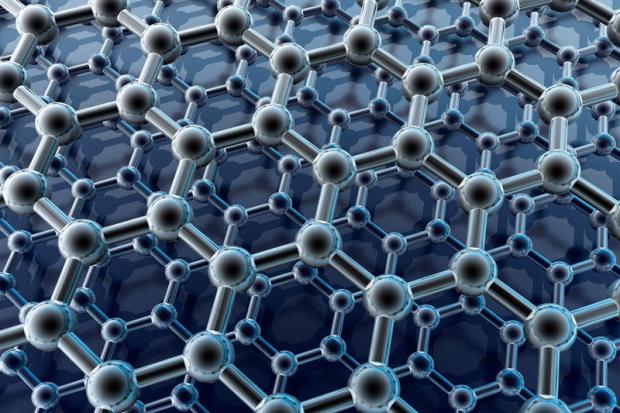
Breaking News
 Massie Introduces Bill to Get US Out of NATO
Massie Introduces Bill to Get US Out of NATO
 Somali Flag Raised Over Vermont School District
Somali Flag Raised Over Vermont School District
 "Kill Babies, Superman"? New CHILDREN'S Book Calls Abortion a "Superpower"
"Kill Babies, Superman"? New CHILDREN'S Book Calls Abortion a "Superpower"
 Gold Warning Issued as New Monetary System Takes Hold
Gold Warning Issued as New Monetary System Takes Hold
Top Tech News
 This tiny dev board is packed with features for ambitious makers
This tiny dev board is packed with features for ambitious makers
 Scientists Discover Gel to Regrow Tooth Enamel
Scientists Discover Gel to Regrow Tooth Enamel
 Vitamin C and Dandelion Root Killing Cancer Cells -- as Former CDC Director Calls for COVID-19...
Vitamin C and Dandelion Root Killing Cancer Cells -- as Former CDC Director Calls for COVID-19...
 Galactic Brain: US firm plans space-based data centers, power grid to challenge China
Galactic Brain: US firm plans space-based data centers, power grid to challenge China
 A microbial cleanup for glyphosate just earned a patent. Here's why that matters
A microbial cleanup for glyphosate just earned a patent. Here's why that matters
 Japan Breaks Internet Speed Record with 5 Million Times Faster Data Transfer
Japan Breaks Internet Speed Record with 5 Million Times Faster Data Transfer
 Advanced Propulsion Resources Part 1 of 2
Advanced Propulsion Resources Part 1 of 2
 PulsarFusion a forward-thinking UK aerospace company, is pushing the boundaries of space travel...
PulsarFusion a forward-thinking UK aerospace company, is pushing the boundaries of space travel...
 Dinky little laser box throws big-screen entertainment from inches away
Dinky little laser box throws big-screen entertainment from inches away
 'World's first' sodium-ion flashlight shines bright even at -40 ºF
'World's first' sodium-ion flashlight shines bright even at -40 ºF
Graphene replaces sand to make lighter, stronger concrete

Scientists at Rice University have now shown that substituting graphene can not only save sand, but makes concrete lighter, stronger and tougher.
Despite being a sheet of carbon atoms just one atom thick, graphene has a reputation for being incredibly strong. As such, it's no surprise that this 'wonder material' has been mixed into concrete before, usually to make it stronger and more durable. But that usually involves just adding graphene to the recipe – for the new study, the Rice team wanted to replace sand completely.
Concrete is made of three main ingredients: water, an aggregate like sand, and cement to bind it all together. Sand is the largest component by volume, and given modern humanity's insatiable appetite for concrete, sand mining is increasing. Not only is this process destructive, but it risks running out of sources.
The research comes from the lab of Rice University chemist James Tour, whose team has been making graphene for years using a technique they developed called flash Joule heating. Essentially, a carbon-rich base material is quickly superheated with a zap of electricity, converting it into graphene flakes. In this case, the base material was metallurgical coke, a fuel source created from coal.
"Initial experiments where metallurgical coke was converted into graphene resulted in a material that appeared similar in size to sand," said Paul Advincula, lead author of the study. "We decided to explore the use of metallurgical coke-derived graphene as a total replacement for sand in concrete, and our findings show that it would work really well."



